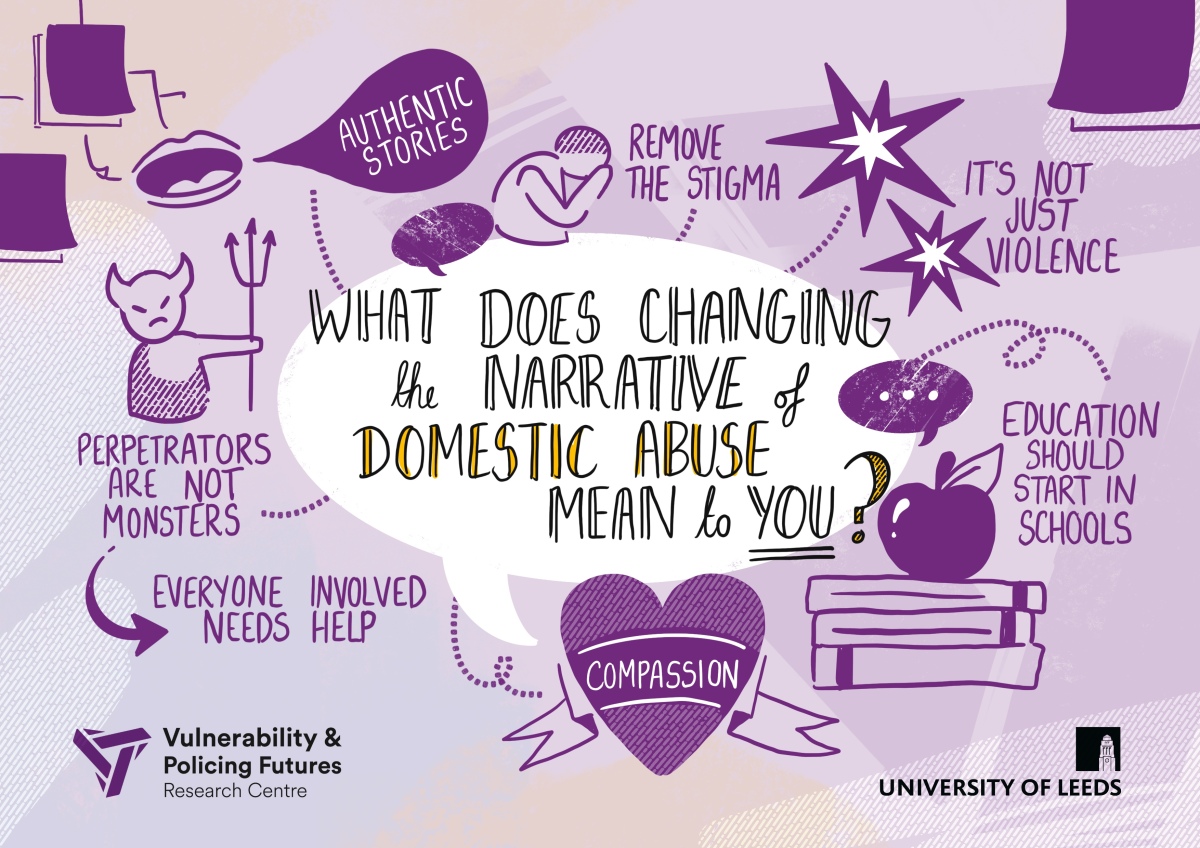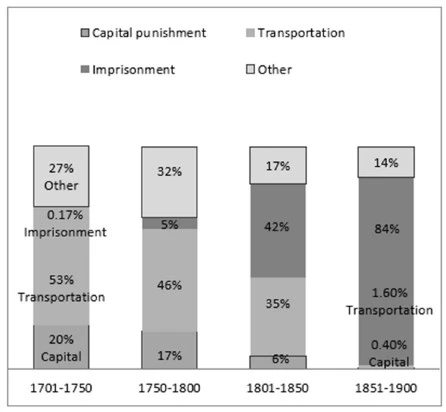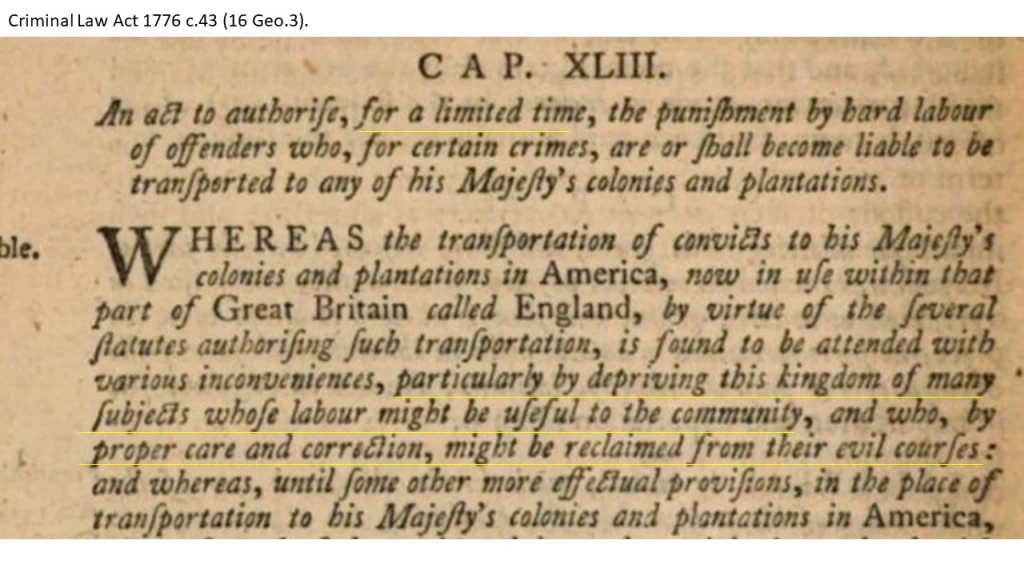
Rebecca Shaw
As one of the first recipients of the inaugural ESRC Vulnerability and Policing Futures Research Centre’s ECR Development Fund, I have spent the past year working with domestic abuse service providers in Leeds, West Yorkshire and York to assess their perceptions regarding ‘dominant narratives’ of domestic abuse. Designed in collaboration with my partners (Leeds Women’s Aid, Behind Closed Doors, Fresh Futures and Foundations +Choices), the aim of this project was to identify what kinds of systemic and structural narratives persist in preventing change and to co-design potential strategies for practical change in the local area. Thus, not only to identify and analyse these narratives but also consider how we might try and change them. By interrogating the role that stories can play in perpetuating systemic and structural attitudes to domestic abuse, we can then consider how we might begin to ‘rewrite’ those problematic and persistent narratives.
When we think of stories, or narratives, the first thing that comes to mind isn’t usually their connection to domestic abuse. But actually, narratives can have a diverse role to play when it comes to harm and vulnerability. They can inspire and motivate harmful action; they are used to make sense of harm and vulnerability; and they are used in the process of surviving harm (Presser and Sandberg 2015 and 2019). For example, stories can influence how a person thinks or behaves and can heighten emotions, thus motivating them to harm others or to tolerate harm done to them (Presser 2018). Stories, therefore, are crucial for helping people make sense of the world.
How we see, react and make sense of domestic abuse often involves drawing on prominent socio-cultural narratives that silence victim/survivors and perpetuate problematic myths and stereotypes of domestic violence and abuse – so-called dominant or master narratives. These narratives are ones which represent socio-cultural structures and views that pattern the fabric of everyday life, and they often represent powerful waves through which collective myths, biases, stereotypes of domestic abuse and victimhood are communicated. For example, these narratives often repeat stereotypical characterisations of victims and perpetrators; or reinforce the misunderstanding that physical violence is more serious than other types of violence. Other narratives also include those such as ‘why don’t you just leave?’ or the placing of blame and responsibility on the victim.
As collective narratives, they can often be hard to pin down: based on normative life experiences and expectations, these narratives are set within cultural, social and political systems of powers and laws (Andrews 2002; Bamberg 2024; Hyvärinen et al 2021; Hyvärinen 2022). For example, that might include legal institutions and government; social relationships within communities; cultural norms; or any system of power on which individual lives or wider institutions are built. The issue, then, with these dominant or master narratives is that they are entrenched within both individuals and institutions. In the context of domestic abuse, this can include law enforcement, the justice system, statutory agencies – police, lawyers, judges, social workers, etc. are more likely to share understandings of domestic abuse from this dominant narrative, without any revision of traditional ideas and concepts, rather than re-conceptualising the narrative of what domestic abuse and its victims/perpetrators should look like.
Analysing the stories, then, of those people who work with victim-survivors and perpetrators of domestic abuse has been a fascinating exercise in order to assess their perceptions of the kinds of narratives that persist, and consider what needs to be reformed in order to dismantle those narratives. Throughout both the focus-group sessions and the individual interviews, it has been interesting to see the same themes, stereotypes and narratives appearing with both those who support victim-survivors and those who support perpetrators. Narrative analysis of these interviews has delved into both the content and form (i.e. the construction) of the stories (Sandberg 2022). First I carried out a thematic narrative analysis, focusing on the content of these stories and identifying the key themes that emerged from the full stories told to me during interviews. From here, I then carried out a structural analysis of the stories identifying the key elements of the story using the framework of linguist William Labov (1972). I also drew on the work of Vladmir Propp (1968) to identify the key, recurring characters throughout these stories. Although across all of the storytellers, a consistent typology of themes emerged, for example failure to recognise value of perpetrator work; managing stigma and unconscious bias; the responsibilisation of the victim in domestic abuse; lack of training/education with professionals concerning domestic abuse and its impact; and a lack of understanding and awareness generally. However, each teller combined different events, characters and elements of narrative to tell their tale: revealing that, although there was a similarity of themes, the storytellers each had different points to make and there were important differences in meaning of the same theme for different participants (Kohler Riessman 2008). Crucially, across all of these stories, each storyteller offered orientation, complicating actions and extensive evaluation. When it came to a resolution to the story, and a resolution to the issues faced in dismantling dominant narratives of domestic abuse, training and education were key.
Thus, a key ambition of this project was to use these findings to develop a tactical plan which would establish how the narratives around domestic abuse (as revealed by the research) can be changed, and what new policy or practices are needed to facilitate that change. This work commenced at a workshop held in March 2024 with project partners, participants and representatives from West Yorkshire Violence Reduction Partnership, Leeds City Council, and West Yorkshire Police VAWG Team. Working together, we hope to continue this partnership to shape how local agencies in Leeds, York and West Yorkshire can prevent future harm and change the narrative of domestic abuse.
This project is ambitious, and challenged participants to question these dominant narratives and how they conceptualise, articulate and employ these narratives (whether overtly or not) as part of their work. I hope to make a valuable and impactful contribution to changing perceptions and the mindset on domestic abuse, both within professional services and the wider public. Of course, much work is already being done in this area. What this project is asking however is: if we want to change our response to domestic abuse and re-write those dominant narratives, do we need a shift in focus to the source of these narratives, how they are constructed and reproduced as part of any comprehensive critical praxis?
I would be interested in hearing from anyone who wishes to discuss any aspect of this project, so please get in touch: r.a.shaw@leeds.ac.uk
About the author
Rebecca Shaw is a Lecturer in Law at the University of Leeds. Her research lies at the nexus of law and narrative, specifically examining the power of legal storytelling and dominant narratives in domestic abuse.
Contact
Dr Rebecca Shaw
University of Leeds
This article gives the views of the author, not the position of the British Society of Criminology or the institution they work for.








You must be logged in to post a comment.